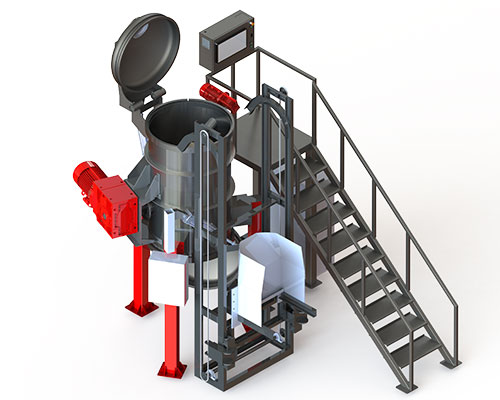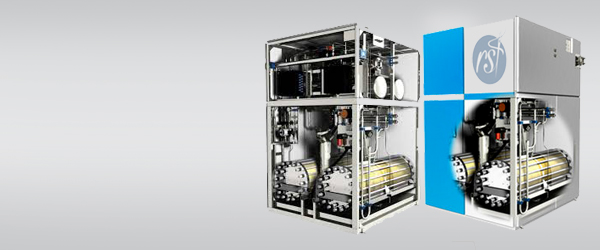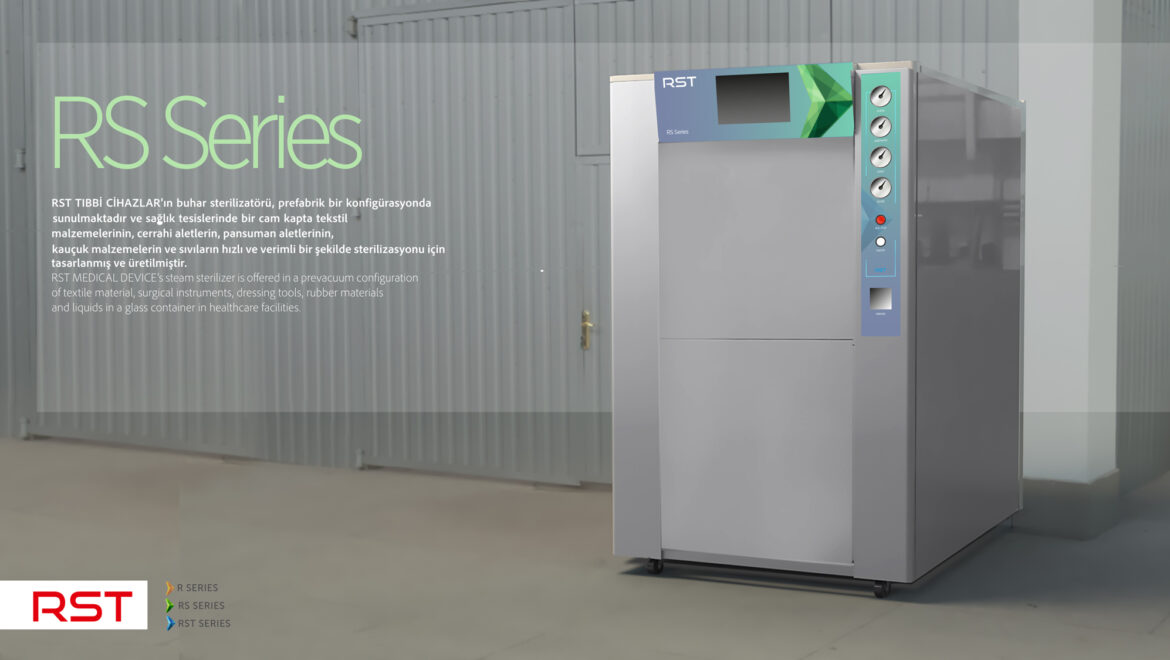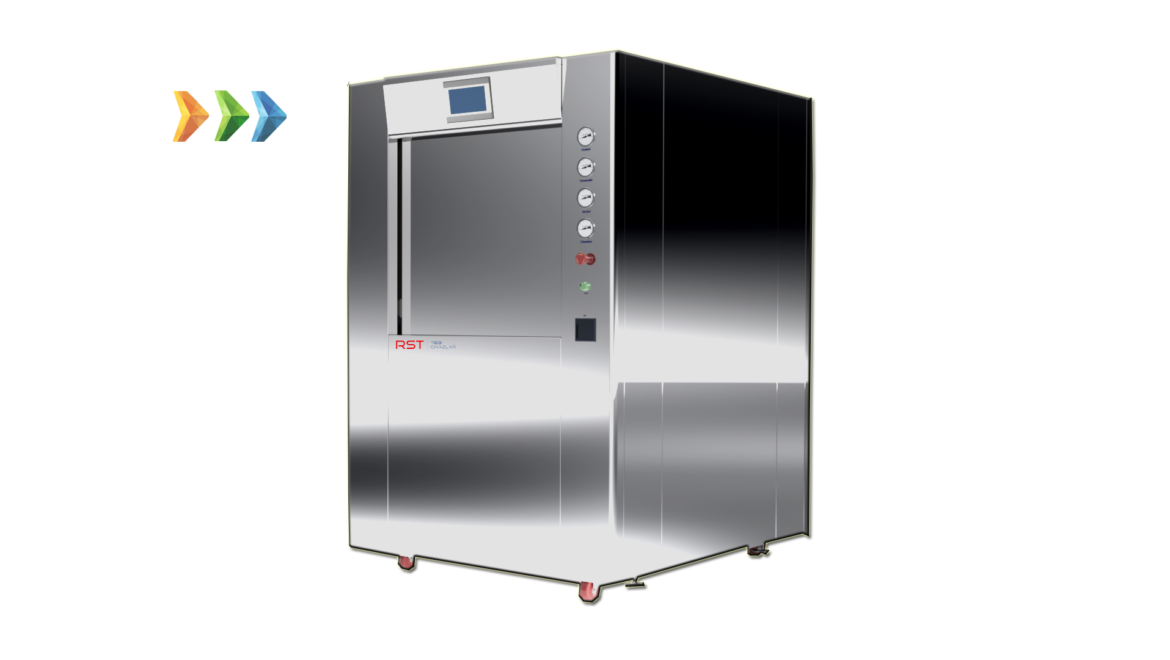Sterilization of Medical Waste
Sterilization of Medical Waste
The process of making infected wastes harmless by exposing the infected wastes (medical wastes) to high pressure steam and temperature for a certain period of time is defined as sterilization. In other words, it is the process of inactivating microorganisms with moisture, heat and pressure.
In the disposal of medical wastes originating from health institutions; Sterilization of wastes with high heat and steam is the most effective method. The medical waste sterilization method recommended by the International Health Organization is a solution that is easy to use compared to incineration, the training of the staff is fast and the investment and operating costs are much lower.
According to the Medical Waste Control Regulation, it is mandatory to have a waste shredding mechanism as well as a sterilization autoclave in medical waste sterilization facilities. Medical waste shredders in the medical waste shredding unit are located at the end or in front of the sterilization section. If the medical waste shredding unit is used before the sterilization unit, this unit is also subjected to the sterilization process at the end of the process.
Why sterilization?
Ease of Use
- Fast training of operators
- fully automated processes
- low cost systems
- Safe
- All equipment is safe
- Waste shredding and sterilization processes covered system
- no contact with waste between processes
- Economic
- Easy to build and installLow disposal costs
- Low operating costs
- Investment return (depreciation) is short
- Environmentally friendly
- No dangerous emissions
- Chemicals are not used in the processes
- No radiation
- Clean and Environment-friendly Technology
- Advantages:
- Ease of UseFast training of operators
- Fully automatic processes
- Low cost systems are safe
- All equipment is safe
- Waste shredding and sterilization processes closed system
- No contact with waste between processes
- Economic
- Easy to build and install
- Low disposal costs
- Low operating costs
- Return on investment (depreciation) is short
- Environmentally friendly
- No dangerous emissions
- No chemicals are used in the processes
- No radiation
- Clean and environmentally friendly technology
In the sterilization of medical wastes;
- physical,
- chemical,
- Besides mechanical methods such as shredding
- microwave,
- superheated steam and
- Methods such as irradiation (radiation) are used.




